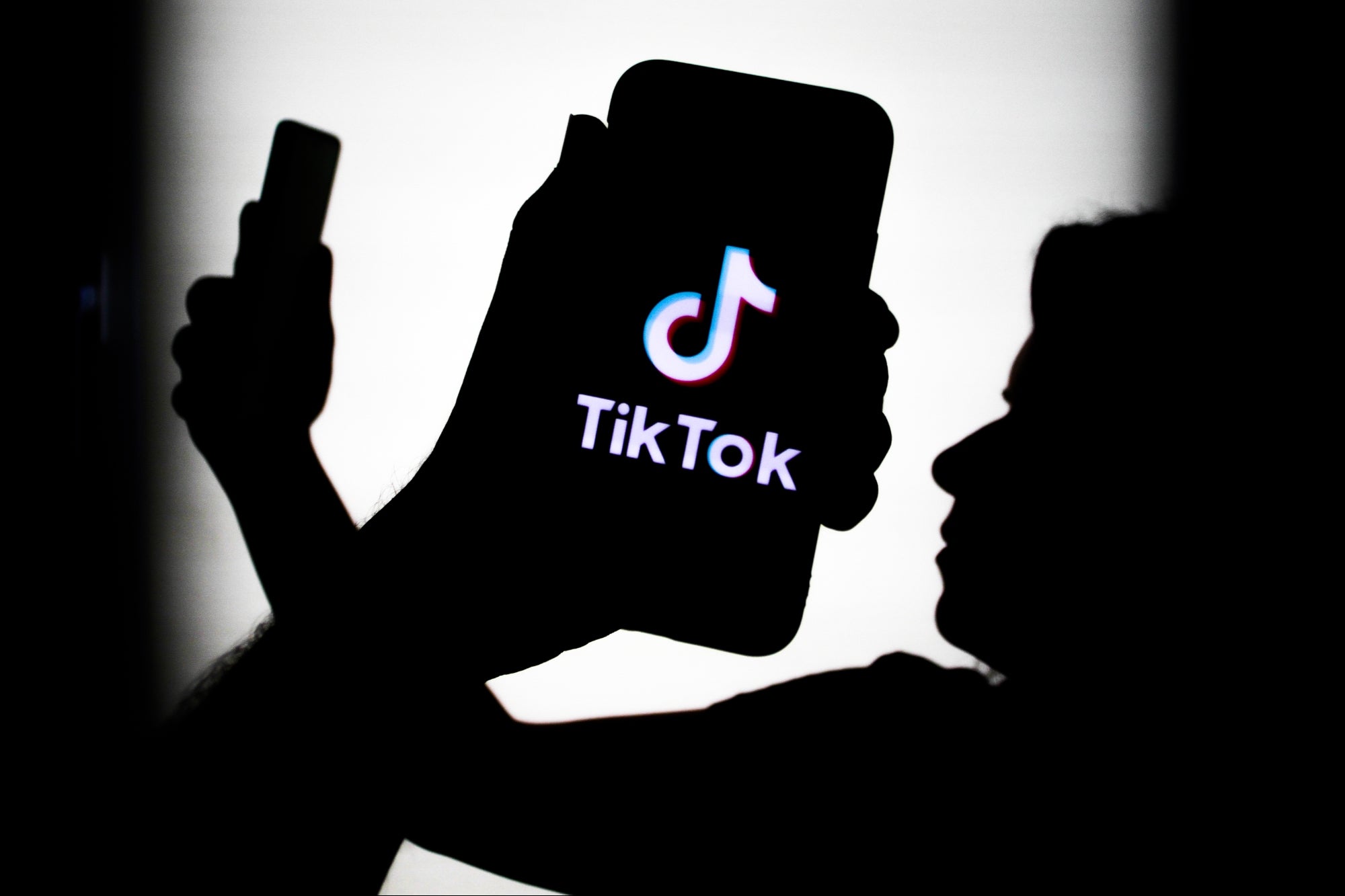Top Ways D2C Sellers Can Prepare Themselves For the Upcoming Festive Season As the festive season brings a flurry of orders, increased customer queries, skyrocketing order volumes, and return requests alongside the heightened sales and revenue, managing all of it efficiently can be an overwhelming task
By Saahil Goel
Opinions expressed by Entrepreneur contributors are their own.
You're reading Entrepreneur India, an international franchise of Entrepreneur Media.

India's festive season, which is just around the corner, is undoubtedly an exciting time with its sheer grandeur. From a business standpoint, especially for D2C sellers, the festive season is the busiest time of the year. It's also perhaps the most lucrative time as sellers have plenty of opportunities to drive sales, generate more revenue, and scale their businesses. Recent years, particularly the past couple of years, have witnessed skyrocketing demand for online shopping. The D2C wave that has swept across the country continues as an increasing number of brands adopt the D2C approach, further driving demand for D2C e-commerce.
Consumer demand, too, has evolved rapidly, with consumers now looking for quick deliveries (same day/next day), seamless shipping, multiple payment options, and hassle-free customer support. This has, in turn, led to businesses adapting to the changing demand to ensure they thrive amidst the cut-throat competition. As the festive season brings a flurry of orders, increased customer queries, skyrocketing order volumes, and return requests alongside the heightened sales and revenue, managing all of it efficiently can be an overwhelming task for D2C sellers. Here's how they can prepare themselves to ace the upcoming festive season.
Analyzing and syncing with demand trends
The fast-changing consumer demand and technological advancements have paved the way for evolving trends in the D2C space. Given that many of these trends evolve quickly and new trends are constantly emerging, D2C sellers will not only need to analyze these trends in detail but also rethink their strategy to stay in sync with them.
Engaging target customers and past buyers
Every D2C seller will have a specific target audience depending on the product/service they are selling. They need to keep a track record of purchases by past customers to discern current trends and efficiently cater to the rising festive demand. Aside from this, sellers will also need to effectively engage with their target audience to ensure their business reaches the right customers by offering attractive discounts to increase customer acquisition and retention.
Handling bulk sales and return orders efficiently
D2C sellers need to be able to handle bulk sales efficiently. The festive rush results in orders piling up, and if these aren't catered to quickly, they can result in chaos like wrong or delayed deliveries, missing orders, etc. Besides, the festive season is also a time when there is a rise in return orders. Sellers should primarily focus on reducing the number of return orders and handle the existing return orders seamlessly. Focusing on delivering the orders correctly can enhance operational efficiency.
Bolstering the brand website
As more and more people begin to prefer online shopping and the e-commerce industry witnesses a major boom, D2C sellers will need to prioritize augmenting their website since it offers customers the first impression of your brand. Building a website that is easy to navigate for customers and has clear, simple product descriptions and a user-friendly interface can further drive sales during the festive season. A brand's website can be the gateway for its success since today's customers will first browse through it regardless of whether they know the brand or not.
Summing up
The aforementioned ways through which D2C sellers can prepare themselves for the festive season may be a daunting task to complete without any assistance, particularly for small and medium sellers. This is where third-party logistics and fulfillment services come into the picture. With their extensive and experienced courier partners, a wide pin code reach, tech-enabled services – right from order processing, picking, packaging, and delivery, and last-mile order fulfillment, third-party logistics and fulfillment platforms offer end-to-end support for sellers.
Third-party platforms bring agility and innovative solutions to the entire supply chain and logistics sector, making them the perfect option for D2C sellers when they are faced with a sudden surge in demand. Availing their expert guidance and technology-powered operations will enable D2C sellers to make the most out of the festive season to scale their business.












